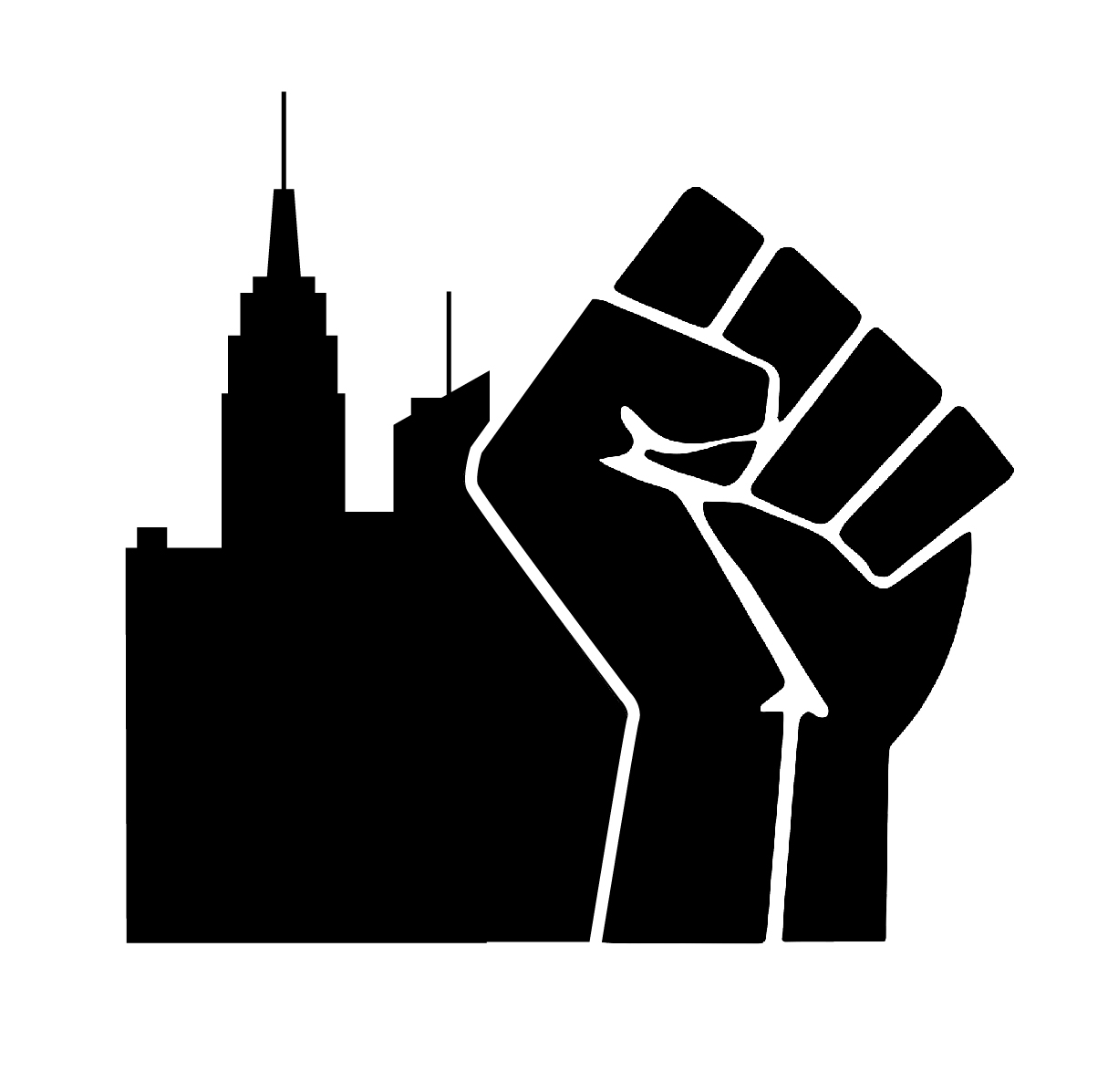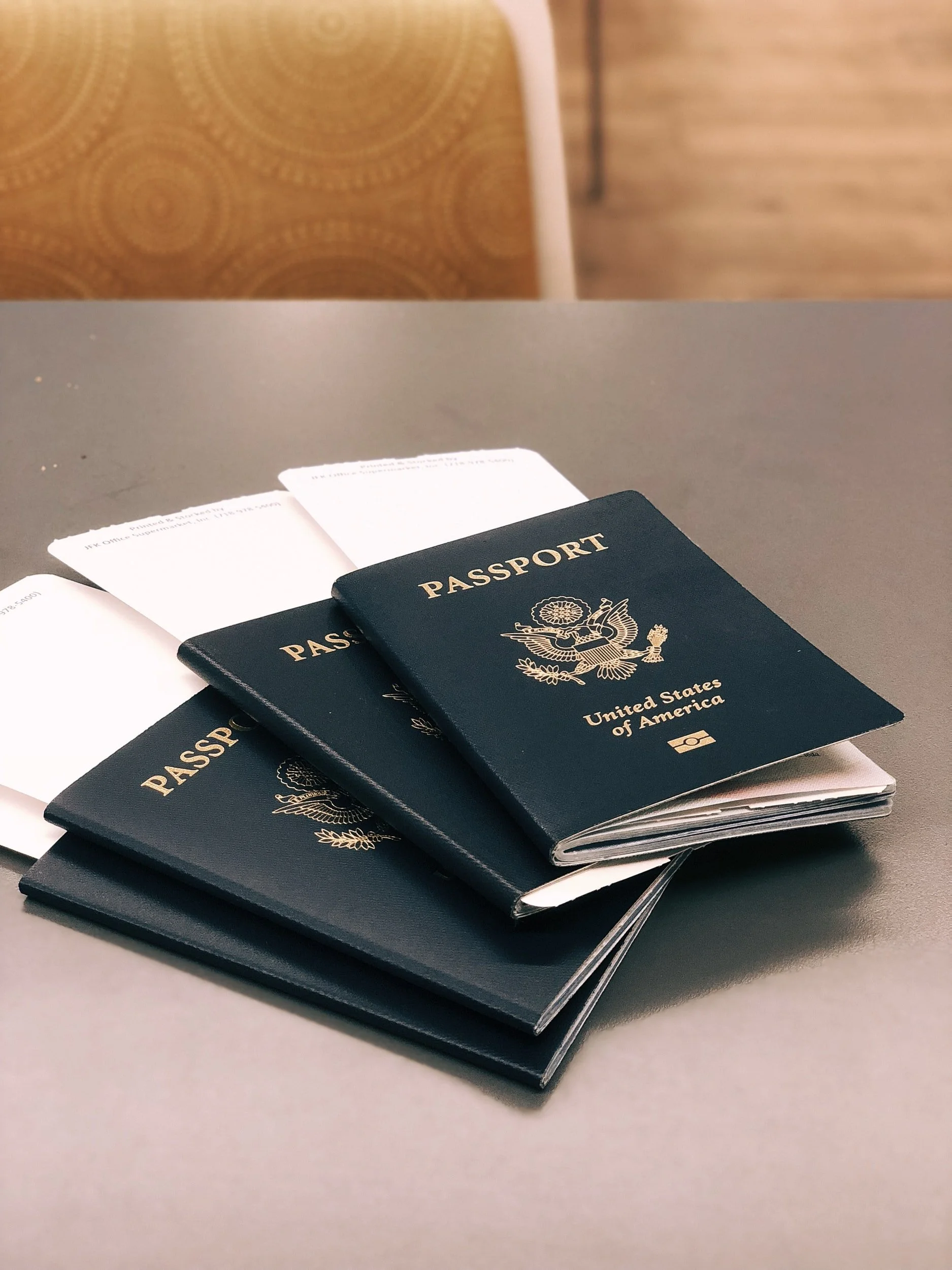The EEOC has found that about a quarter of sexual harassment complaints came from the service sector, which is dominated by low-wage, female workers. Many low-wage jobs are disproportionally held by women of color or immigrants. These women also often face intersectional disadvantages —burdens posed by race, national origin, gender identity, and other characteristics beyond gender alone — that may trigger biased treatment. Despite these findings, women’s movements like the #MeToo movement have failed to include the experiences of low wage workers, women of color, undocumented immigrants, and other segments of minority communities. Worse yet, many of these workers are not legally protected from sexual harassment.
Stripping Citizenship: A Former ISIS Bride and Child are Unlikely Canaries in the Coal Mine
Hoda Muthana, a woman who willingly became an ISIS bride, is not likely to inspire much sympathy in the US. The State Department asserted that Hoda was not a citizen, despite that she was born in the United States and that the State Department had previously recognized her as a citizen. As non-citizens, neither Hoda nor her son Adam had the right to return to the US; they remain in a Syrian detention camp with other former ISIS brides and their children. Few American citizens will shed tears over an ISIS bride losing her citizenship. However, it should disturb all of us how easily – and how quickly – it happened.
The Fight Against Increasing Racial Disparities: Comcast v. NAAOM
On March 23, 2020, in Comcast Corp. v. National Association of African-American Owned Media, the Supreme Court unanimously held that racial minorities have to allege facts suggesting “but for” causation in order to bring a claim under 42 U.S.C. § 1981 for race discrimination in contracting. This is a devastating blow to would-be civil rights litigants, particularly African Americans. Long marginalized by society due to systemic racism, many African Americans have slim to no protections under federal law and no way to enter essential sectors of public and private life, such as housing, education, healthcare, and even certain job opportunities.
The Power of Safe Injection Sites
Can you imagine a facility where individuals can go to inject heroin safely with clean supplies and medical supervision being allowed to exist, legally speaking? If you said no, you’re in for a great surprise. Safe injection sites exist around the world as lawful facilities supervised by licensed health personnel where drug addicts inject drugs that they acquired elsewhere. They have been operating in Europe since the 1980s and there are today approximately 120 sites operating in twelve countries.
Addiction and Drug-induced Homicide: More Lives Lost, More Freedom Lost
Addiction does not discriminate. In the United States, drug overdose deaths are at an all-time high and affect people of all races, socioeconomic status, and ages. From 1999 to 2014, the total number of overdose deaths nation-wide nearly tripled and this number only continues to rise. In 2015, the Center for Disease Control (“CDC”), reported that more than 52,000 people died of a drug overdose. In 2016, the national total reached 63,600 overdose deaths, and in 2017, the number increased to 72,000.






